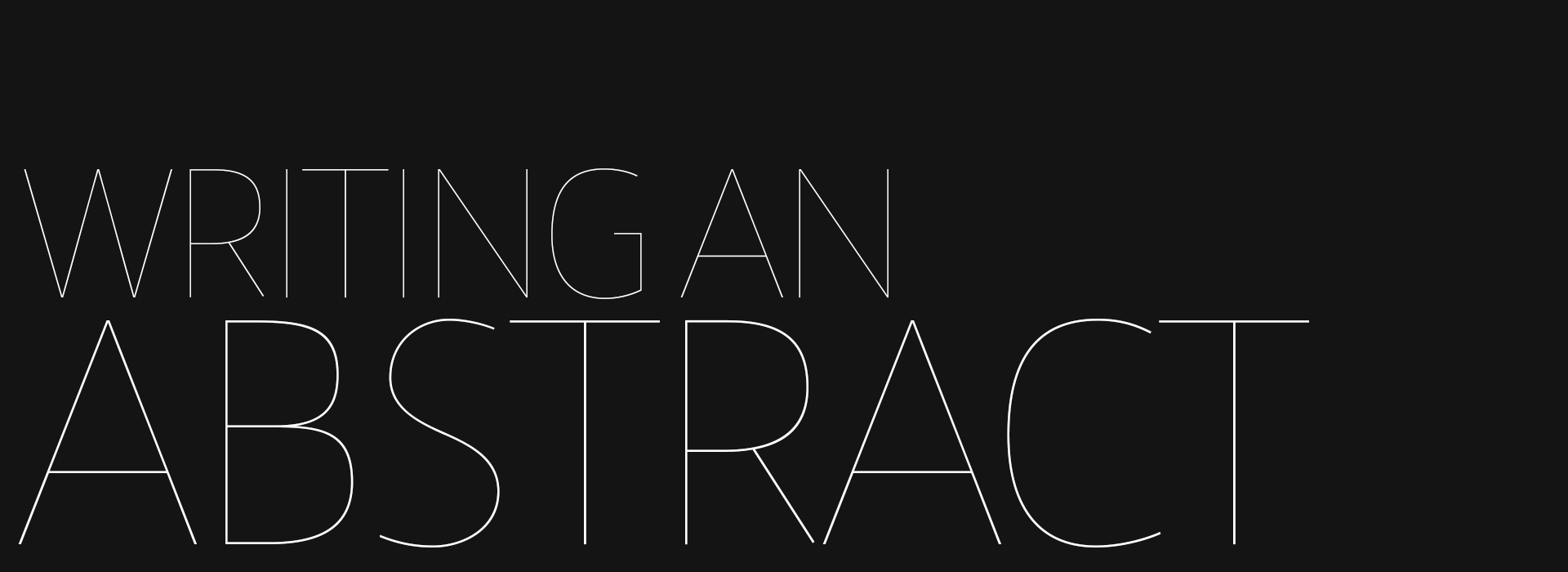Writing an Abstract
An abstract is not the same as the introduction of your text. Instead, an abstract is a summation of your entire text. Usually publications will impose a limit on your abstract - the most common one is 300 words, although sometimes this can go up as far as 500, and sometimes it can be as low as 100 words. The idea is to get the main points of your text into this narrow word count in such a way that someone who reads your abstract knows immediately whether your text is of interest to them, whether it holds material that they can cite from in their own work - in short whether they should continue to read the actual paper itself. Below are two examples that show you how an abstract can be put together:
http://www.alphaauer.com/papers/Yazicigil-Ayiter_text-invader.pdf)
"This paper presents some of the findings of an ongoing study conducted by an interdisciplinary team of computer scientists, artists and designers. It concerns the development of 3D user interfaces that aid the navigation and representation of large data structures through the usage of the HSV color space, and the ensuing “spatial frames”. While data objects that have been colorized in various hues that carry equal saturation and brightness/transparency value seem to be equally foregrounded; varying saturation, brightness and transparency values add depth and hierarchy: Less saturated and/or darker, more transparent values recede into the background, while brighter, more highly saturated objects tend to become foregrounded. During our experiments we noticed that, when thus colorized, the edges connecting the nodes form visual spatial frames, which can result in the meaningful partitioning of 3D space. This property can be exploited to facilitate the display of overall trends within data sets, as well as to ease navigation, presenting overviews of the structure, and navigational help." (Word count: 163. You can read the full paper here:
http://www.alphaauer.com/papers/ayiter_Space-Frames.pdf)
http://www.alphaauer.com/papers/ayiter_Space-Frames.pdf)

